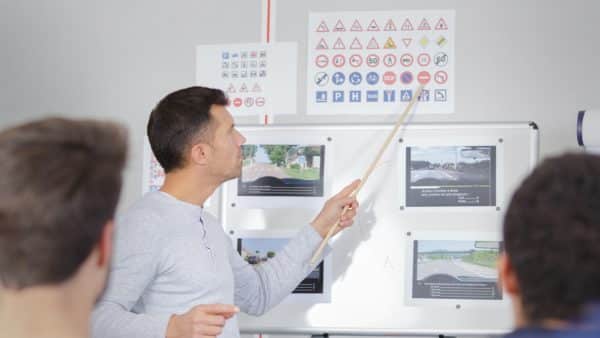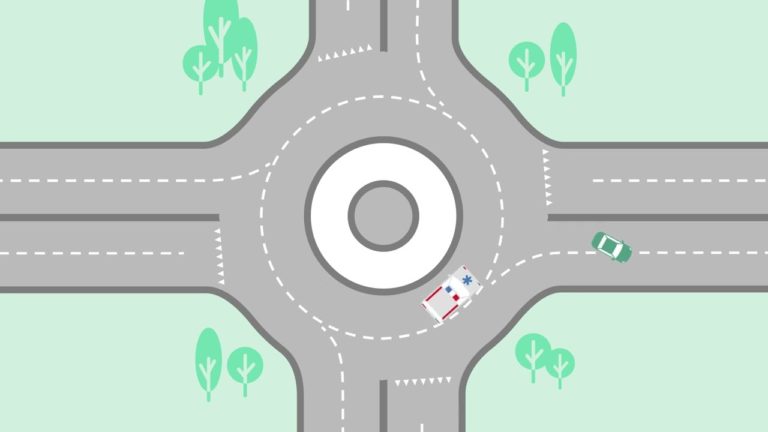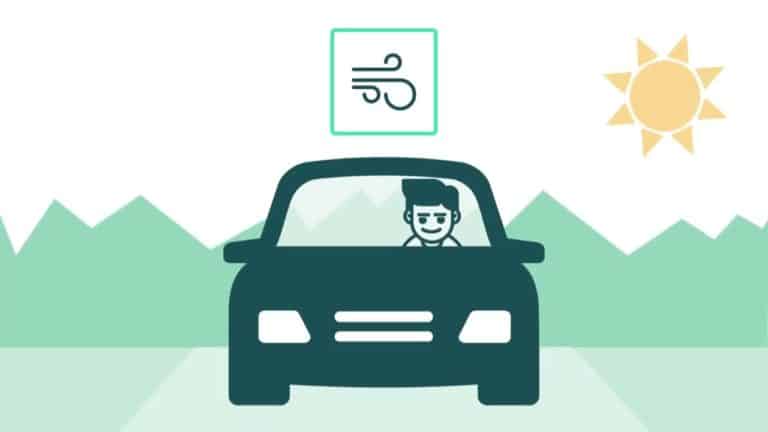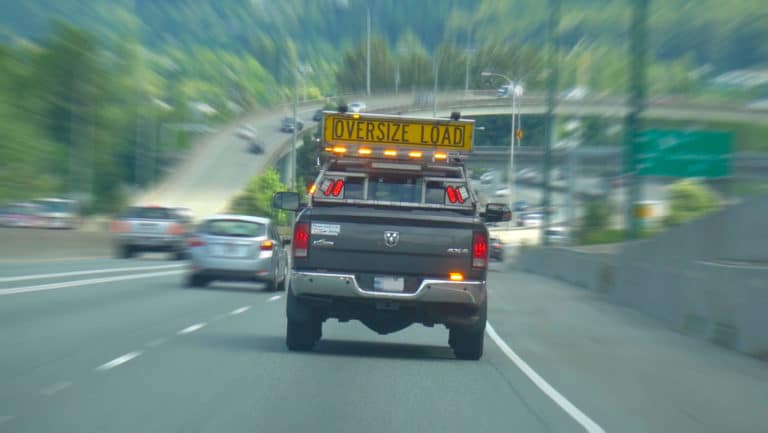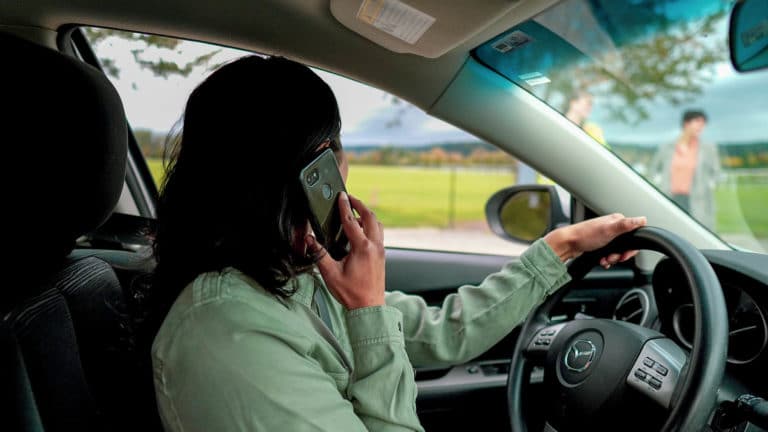As long as your certification is valid, you may order a replacement card by filling out this form. There is a $20 fee. Note that many of our certification cards are printable, meaning that you receive a PDF copy of your card upon course completion, which you are welcome to print and keep in your wallet. We also recommend saving the PDF on your mobile device.
About our Defensive Driving program
Driving is dangerous.
Motor vehicle collisions are the leading cause of death and injury in the United States, and they’re the biggest cause of work-related fatalities. However, most collisions can be avoided.
Become a safer driver
EverSafe Driving Program® helps you develop driving habits and awareness that help you avoid hazards on the road. Four lessons that cover three topics—driving knowledge, skills, and attitude—reinforce skills already learned and help you become a more conscientious, defensive driver.
FAQ/Support
What should I do if I lose my Flagger certification card?
How long is a Flagger certification valid for?
Washington and Idaho Flagger certifications are valid for three years.
Do I need a Driver License to become a Flagger?
You do not need a Driver License. Any form of government-issued ID is acceptable.
Is the Washington Flagger class offered online?
No, the Washington Flagger class is not offered online. Per Washington State rules, these classes are only offered in person.
Is there a practice test for Flagger?
No, but you can read through the digital copy of book and try answering the review questions at the end of each chapter. You’ll receive a link to the digital copy of the book with your registration confirmation.
Can I use a translator in the Washington Flagger class?
You may, but it needs to be someone who is not a close friend or family member. Students must be able to answer the questions on their own.
What are the physical requirements/demands of a flagger?
- Receive and communicate specific instructions clearly, firmly, and courteously
- Move and maneuver quickly
- Control signaling devices, such as paddles
- Understand and apply safe traffic-control practices
- Recognize dangerous traffic situations and warn workers
- Stand for prolonged periods on uneven surfaces (up to 10 hours)
- Traverse uneven surfaces and terrain
- Stoop, kneel, or crouch
- Grasp, push, or pull
- Hear warnings
- See dangerous situations
- Occasionally lift and/or move up to 40 pounds
- Receive, understand, and take positive appropriate action based on information/instructions presented verbally and/or in writing
Do I have to have a photo on my Flagger card?
No, you do not need to have a photo on your card. Washington and Idaho Flagger cards are designed to be valid with a government-issued photo ID (such as a state ID card or Driver License).
What is the minimum age for Flaggers?
You must be at least 18 years of age to operate as a flagger.
Can I use my Washington, Oregon, or Idaho Flagger card in other states?
Washington, Oregon, and Idaho State Flagger cards are accepted in the states of Washington, Oregon, Idaho, and Montana for Department of Transportation projects.

